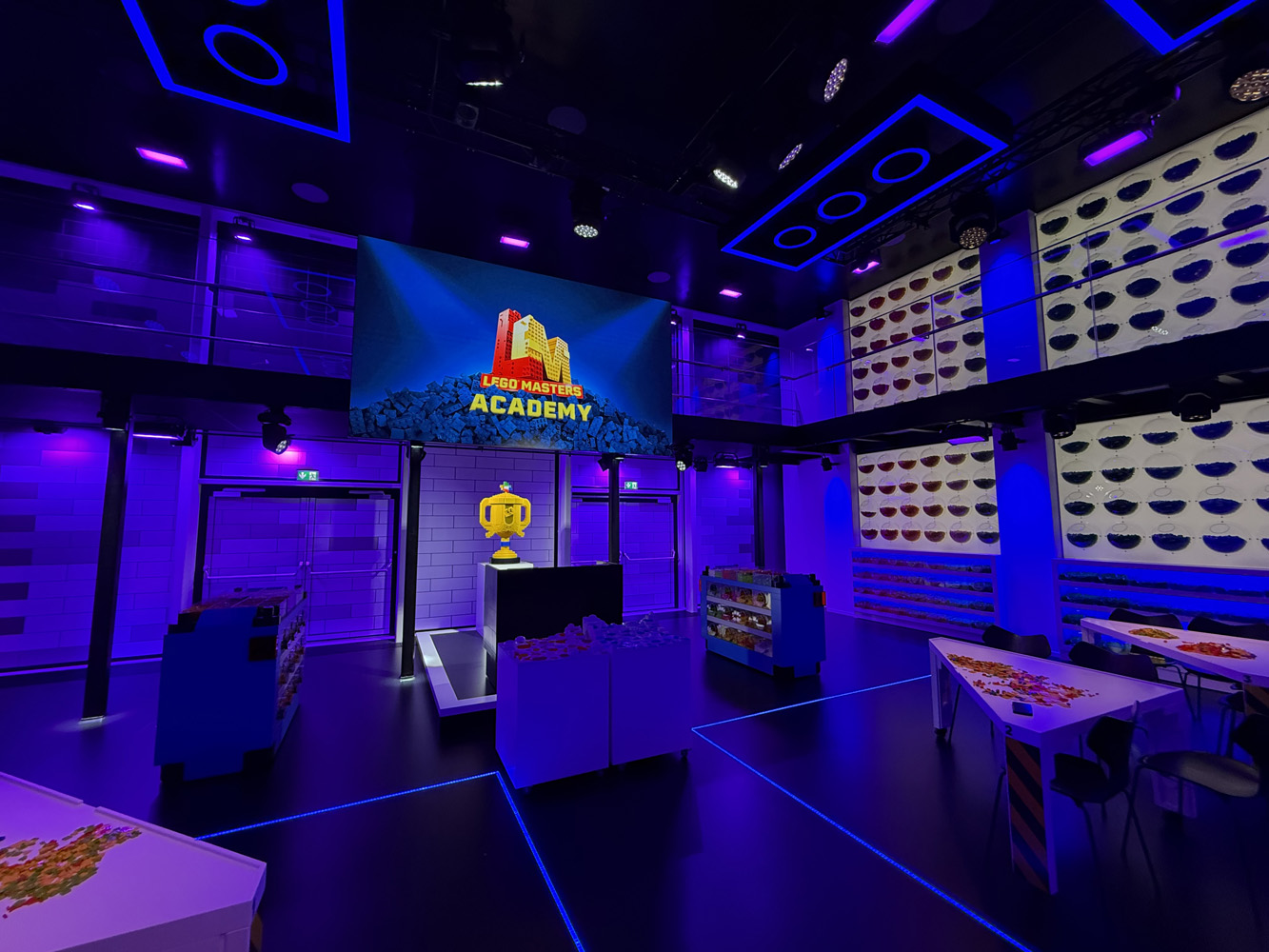On Tuesday, Apple released the fourth developer Beta of his next major software update, iOS 26, which entails minor changes in his liquid glass redesign and the reintroduction of AI-drive knowledge of knowledge vocal overviews, including updates.
The rollout arrived just before the iOS 26 public beta, which is expected to be launched later this week.
The developer’s betas are intended to give mobile app makers the time to test their apps with the new software from Apple, so that they are ready for the public launch of the new operating system in the coming months. Due to the consumer question to early releases, Apple has been offering public betas for years after its global developer conference in June. This allows iPhone owners to get hold of the updated software before the wider, global launch, but with fewer stability problems and bugs.
The newest developer Beta (iOS 26 Beta 4) largely reflects what users can expect in the upcoming public beta.
iOS 26 BETA 4 introduces a new “welcome” Splash screen when you first update the software, plus introductory screens for various functions, such as Siri and the AI-driven knowledge of vocational vocational voices and prioritations, as well as for the renewed camera app from iOS 26.
Earlier this year, Apple was forced to pause his AI knowledge vocal traps after complaints from the BBC, who said that the function had been incorrectly presented one of his headlines. The summary of the AI-driven news claimed that Luigi Mangione, the person accused of the murder of Brian Thompson, CEO of UnitedHealthcare, had died by suicide, which was not true. As a result, Apple said that a software update would be released to clarify when the text shows an AI summary.
The adjustment screen for this AI summary function, still in Beta, contains a warning message in the “News and entertainment” section. Here Apple notes that “Summary can change the meaning of the original headlines” and advises users to “verify information”.
Other early adopters of the new beta also discovered that Apple continues to refine its user interface, known as liquid glass.









